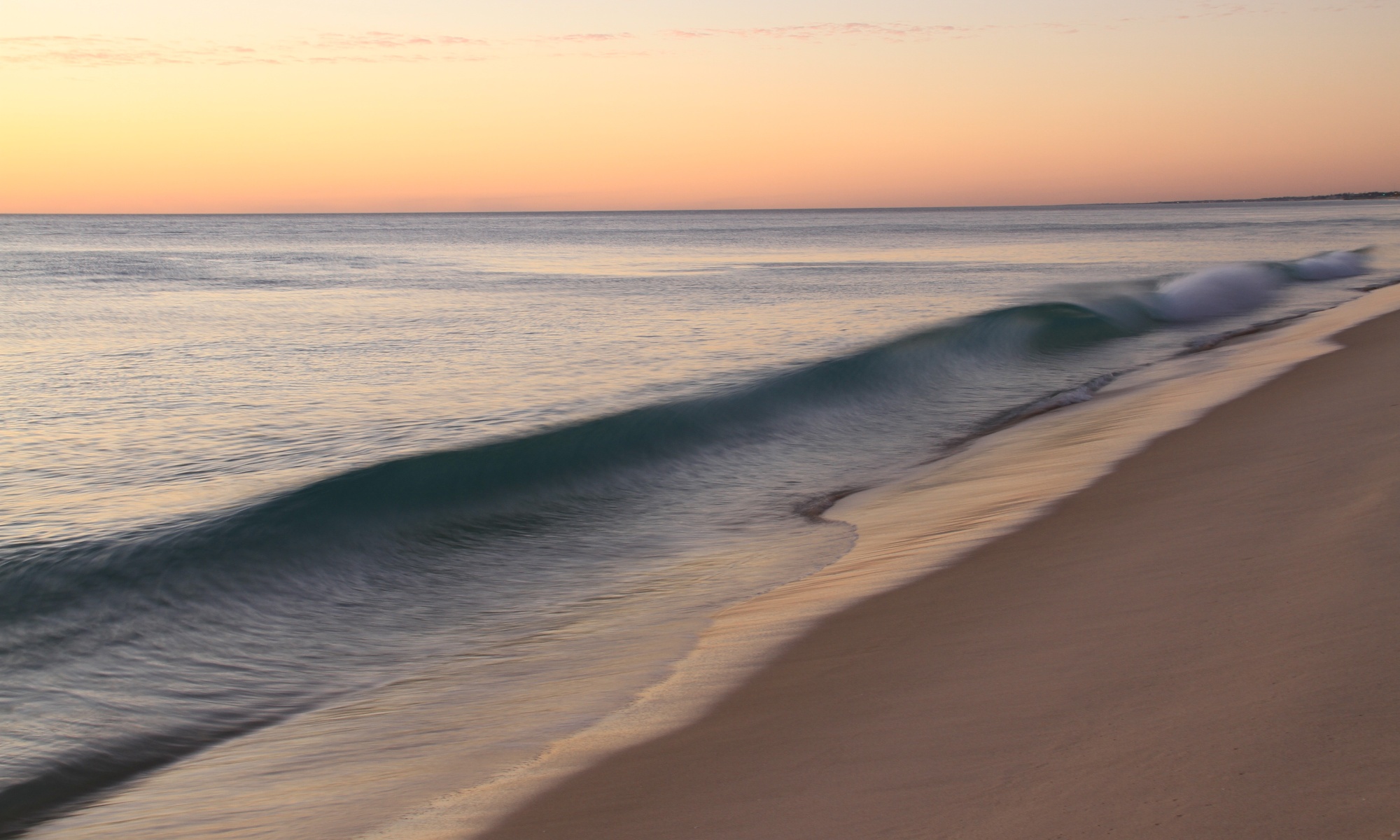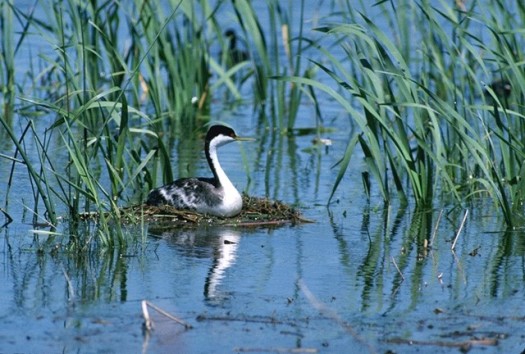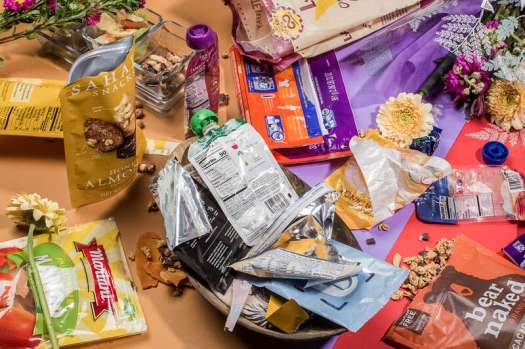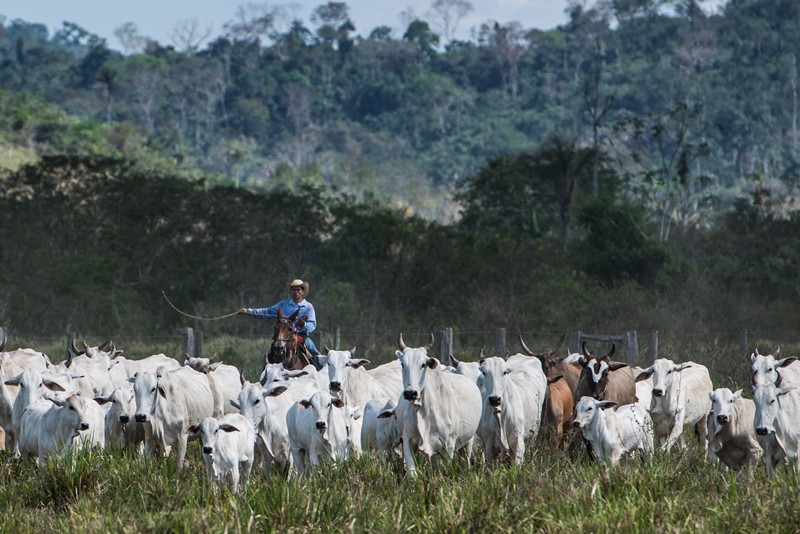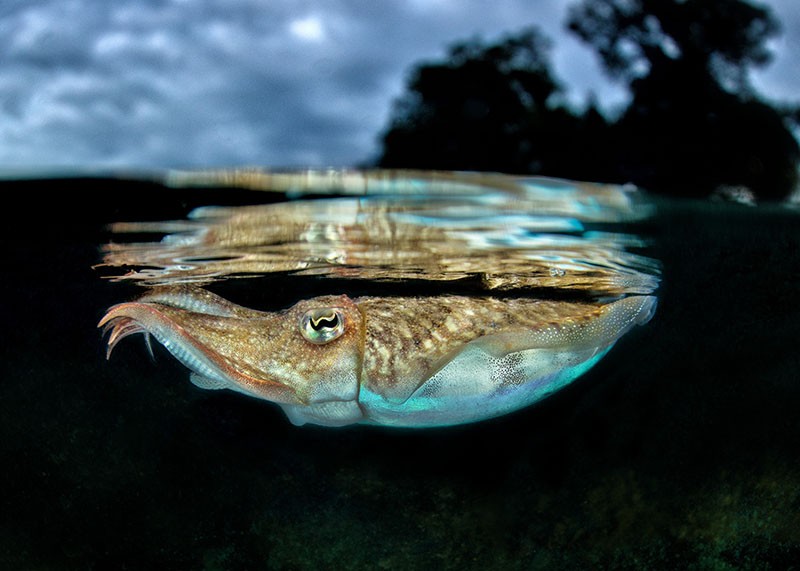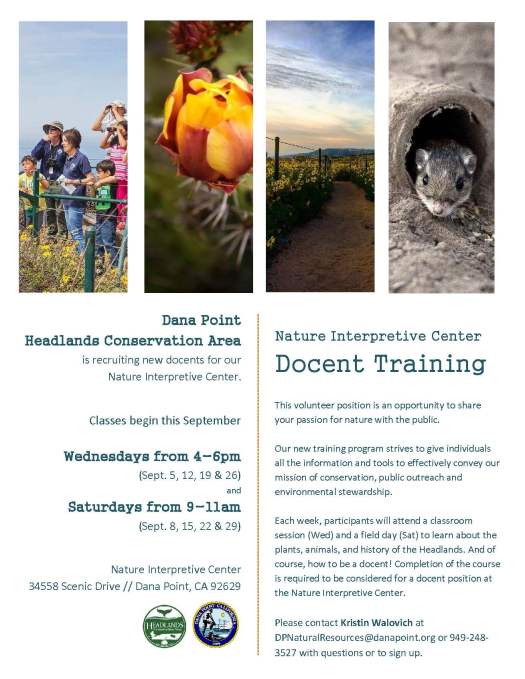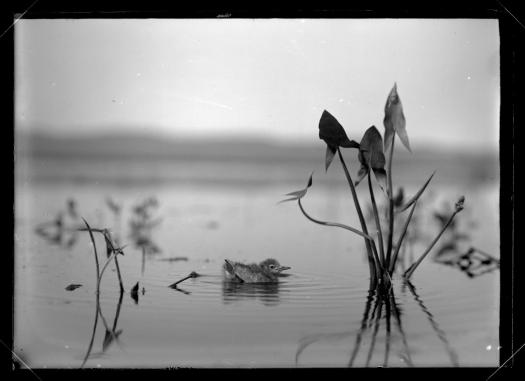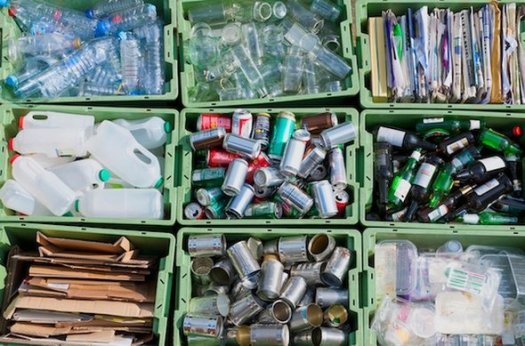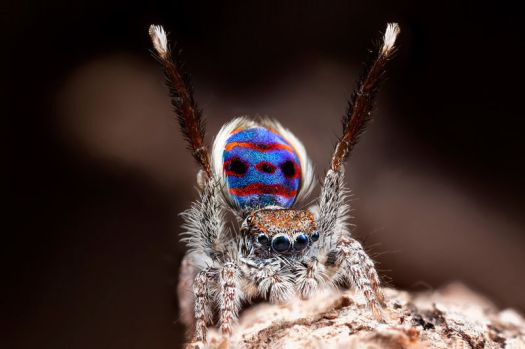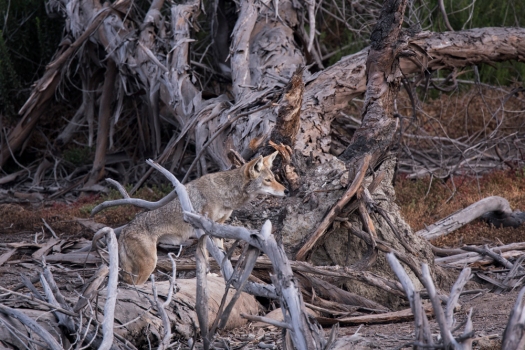
[Image: Coyote, Canis latrans, in a tree snag. Source: Professor Zembal.]
“Traversing the Admin Parking Lot to the office yesterday morning, I came upon a mammalian marker in a warm, fresh heap just shy of the sidewalk. Bio-detective at work: who left it; when; and why there? Many larger native mammals are territorial, particularly the carnivores. There’s only so much local food and the more abundant and intimidating the sign left by clan members, the less likely an intruder will linger to consume resources claimed by the local pack. Bits of bone and fur in the droppings told of a rabbit that had lost its final race, likely corralled against the building or a fence. Size and the presence of pomegranate seeds meant the marker was left by a coyote, not a cat; like people, native dogs are omnivorous. The pile was left on the pavement less than an hour before found, possibly in response to human disturbance, an early employee, Andre?
Native dog visitation to the OCWD campus is common. There is a bit of local food, water, and cover here. There’s also a canid highway between the mountains and ocean right next door, our river system. In those few wee hours when vehicular travel is light, the road/sidewalk network draws the urban animals of the night. The smaller, local animals tend to habituate to a smaller area; the coyotes may run miles one-way in a single night and a road is often the most direct route. Coyotes are common in Orange County’s remaining open spaces and increasingly in the adjoining neighborhoods. Long-eared and legged, sharp faced, bushy tailed, and rangy, they are readily distinguished from domestic dogs, closest in build to a German shepherd. Typical coat colors are ashy brown above with grey to black flecks and lighter underneath, even white particularly around the muzzle. The typical OC animal looks scrawny, 40 pounds or less but unusually large individuals can exceed 70 pounds. Our only other local native dog, the Grey Fox is much smaller, less often seen, and not as well adapted to life amongst humans.
Coyotes play a critical ecological role by keeping balance in the food web. Today, they are the native top carnivore in the remaining wilds of OC. They regulate and control the numbers of smaller predators by influence of their abundance, behavior, and selective consumption. Isolated patches of open space can lose coyote visitation and smaller predator populations therein explode, a phenomenon known as mesopredator release. Even very large patches of several hundred acres are vulnerable to this if not connected by viable wildlife corridors to thousands of open space acres. Coyotes exert critical control over the number of bobcats, raccoons, foxes, skunks, opossums, and feral cats. In patches of habitat isolated by housing these smaller predators abound, eat everything living in the patch, invade the neighborhood, and eventually decline in the patch as food becomes scarce; then follows the invasion of the patch by non-natives from the houses and their landscape, house mice, rats, ivy and the like.
The most common encounter with a coyote involves the animal sitting silently, unseen, watching you pass by; closer encounters usually result in the animal trotting off quickly out of sight. I saw them people-spying many times, firsthand while following radio-collared coyotes around OC in the 1990s. Unfortunately, today many more close encounters are reported, some involving aggressive animals. That is really not too difficult to understand, they are opportunistic dogs. If presented with an easy meal, they will take advantage and stick around until the food source is depleted.
Coyotes are native dogs; trainable like the domestic version, they can be taught by us to associate people with easy food, leading to problems. We need coyotes for the important role they play in the natural world. If you are fortunate enough to live near or to spend time in our remaining natural lands, help protect our wild dogs and us by reinforcing their innate wariness toward people. Only you can prevent more escapades from yet another ‘bad dog’.” – Professor Zembal

[ Image above: Coyote, Canis latrans, in a wetland habitat. Source: Professor Zembal.]
Thank you to Professor Zembal for the awesome photos!
